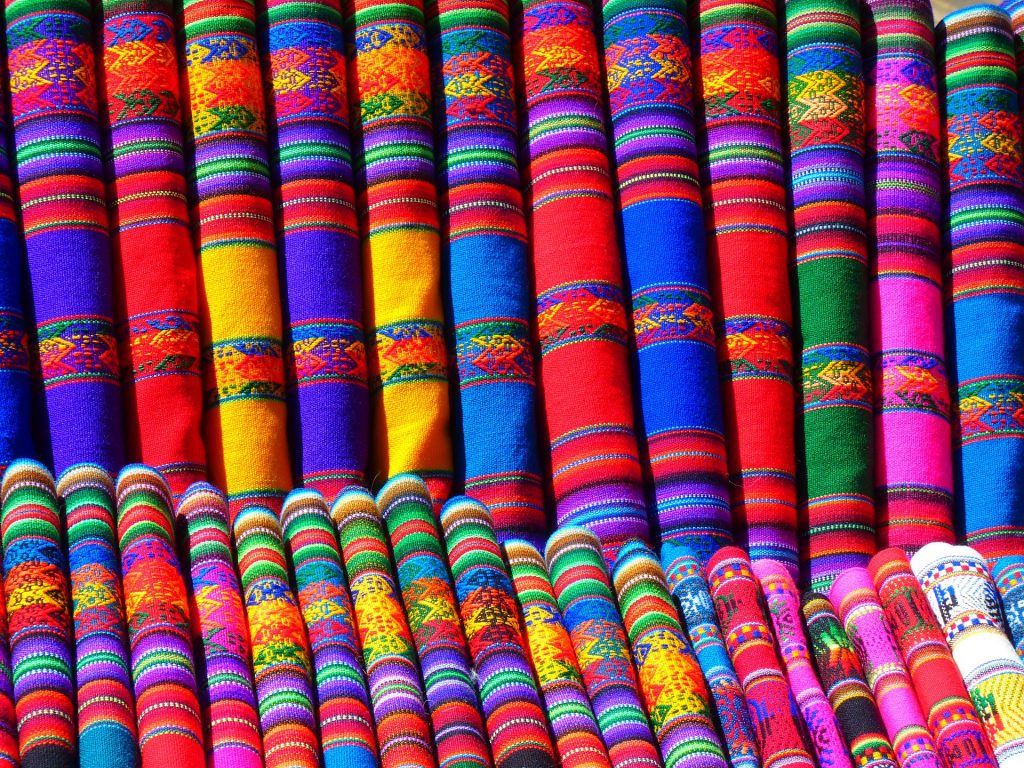Fabric Production
The process of constructing fabric requires yarns or fibers to be converted into a fabric. The characteristics of that fabric will vary based on the methods and materials used. Typically, some sort of interlacing, like knitting or weaving, is used to make fabrics. Presently, the method most commonly used is weaving. This includes many different types of weaves, ranging from basic weaves like twill, satin, and tabby to fancy weaves like gauze, dobby, and Jacquard. The popularity of knitted fabrics is also increasing. Bespoke men’s gloves. This includes weft types and warp types, which are tricot and raschel. There are other types of interlaced fabrics as well, such as lace, braid, and net. There’s been a rise in nonwoven fabrics, like fabrics made via bonding or felting. It’s also becoming more common to use laminating processes, as well as other newer processes such as sewing-knitting and needle weaving.

Woven Fabrics
Woven fabrics are composed of yarns that are interlaced through a binding system known as a weave. By weaving, it’s possible to use weft and warp components to create a woven structure. It’s not necessary for components to cross at certain angles or be parallel to each other. With that said, the majority of woven structures do use two sets of components which cross at right angels. What separates weaving from weft and warp knitting, net making, and braiding is that only one set of elements is used for those processes. Beyond that, there are differences in geometry. With woven fabrics, the components used to make the fabric are bent through small angles.
Weaving is a popular method of fabric construction for a number of reasons. It’s affordable, the process is simple, and the fabric itself is quite flexible. Furthermore, because of the way these fabrics are produced, they are both durable and easy to work with. Because of its low cost and adaptability, it’s common to see these fabrics used for many types of textiles, including industrial items, apparel, and household products.
The Process of Weaving
In most cases, a woven fabric will be significantly longer in one direction than in the other. The longer threads are known as the warp. The threads combined with the warp are referred to as the weft. Other terms that are used may include shute, filling, woof, and shoot. A thread from the warp is known as the end. Each length of weft is referred to as a shot or pick. In most cases, picks are made up of a single piece of weft yarn that has been folded back on itself repeatedly.
In every method of cloth weaving save for darning, the warp is separated into two different sheets before the weft is inserted. This is known as shedding. The space that exists between the two sheets is known as the shed. Weft is placed between the warp sheets. This part of the process is called picking. From there, a new shed is created that is in line with the preferred weave structure. Some or even all of the ends within a sheet may move over to the space that was initially taken up by the other sheet. This makes it possible to firmly hold the weft between two warp layers.